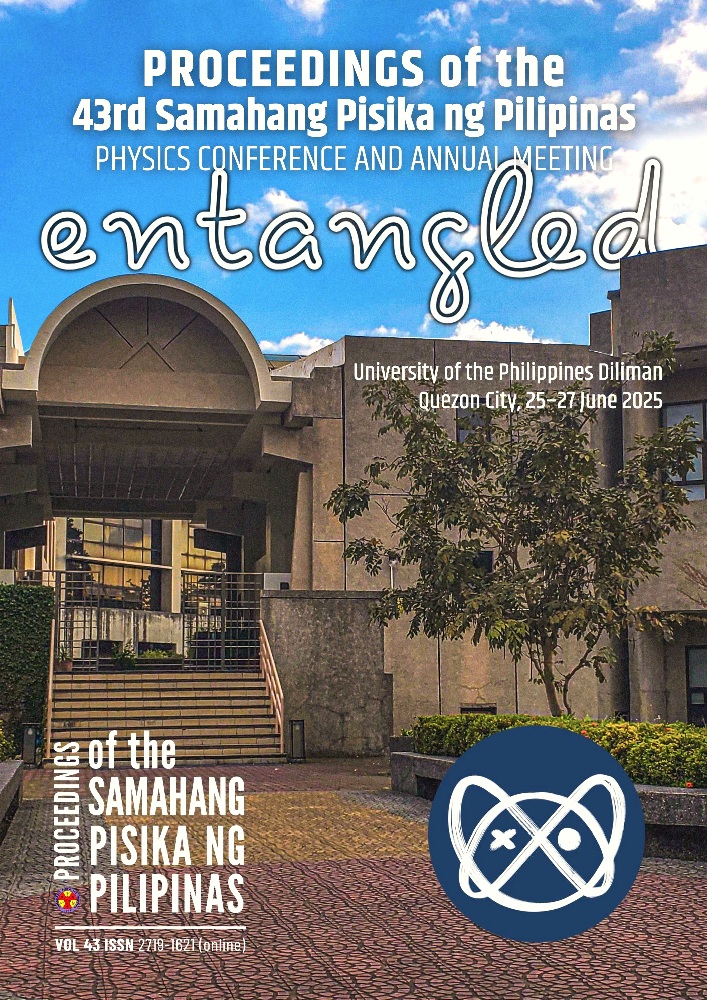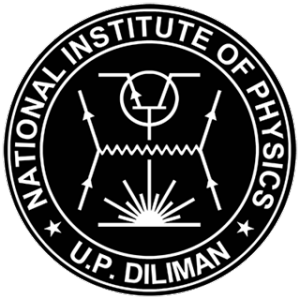Fabrication of porous carbon thin film using a low-cost nanosecond pulsed laser deposition
Abstract
Porous materials have garnered significant attention due to their unique structural qualities which are characterized by a network of holes, voids, or interconnected pores. These features can be tailored for various applications, with carbon-based porous materials standing out for their remarkable physical and chemical properties whose pores, typically ranging from 50-500 nm, can have their morphology controlled to suit specific applications. Nanosecond pulsed laser deposition (ns-PLD) is a flexible and effective tool for synthesizing porous carbon thin films and is known to produce micron-sized particulates. However, investment for pulsed laser deposition is typically high. Alternatively, a low-cost setup of a fiber laser from a laser engraver can be used. In this study, laser parameters such as deposition time and laser power were varied to investigate their effects on thin-film formation. Optical microscopy analysis revealed the formation of carbon aggregates under controlled PLD parameters, while Raman analysis indicated the presence of disordered carbon bands. This fabrication method provides new insights into the deposition and characterization of porous carbon thin films, opening new perspectives for the fabrication of nanostructured films with precisely controlled properties.
Downloads
Issue
Entangled!
25-28 June 2025, National Institute of Physics, University of the Philippines Diliman
Please visit the SPP2025 activity webpage for more information on this year's Physics Congress.
SPP2025 Conference Organizers
SPP2025 Editorial Board
SPP2025 Partners and Sponsors











